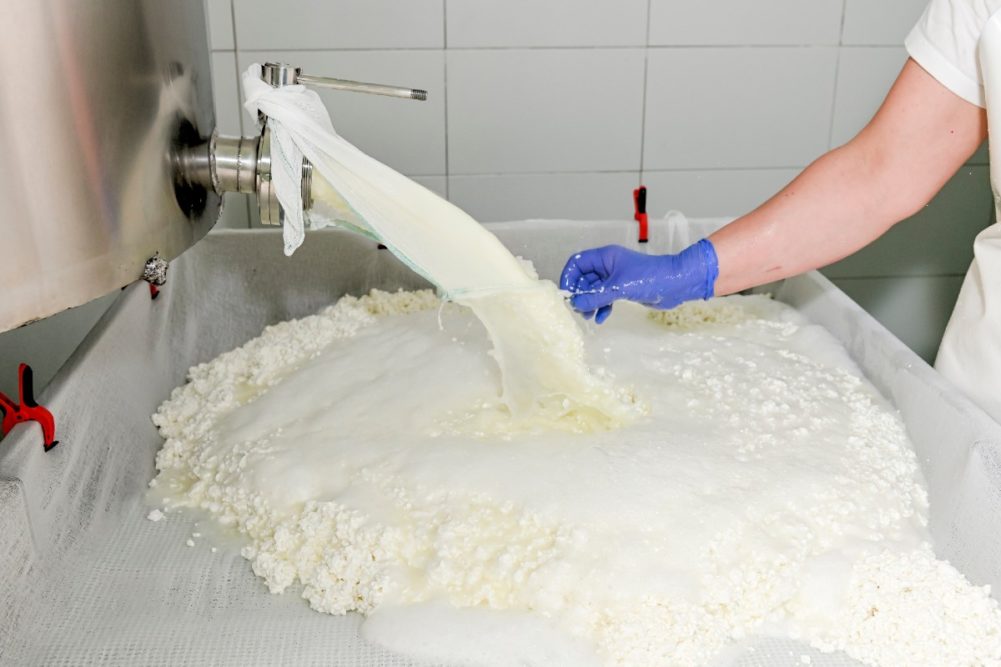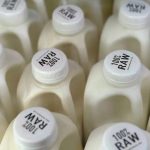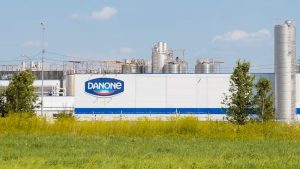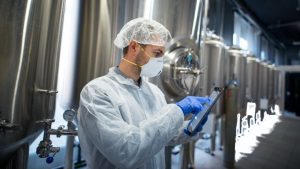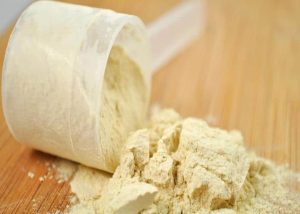While total U.S. MSE volume was the lowest since January, U.S. year-to-date volume through October remained up 0.6% and U.S. export value rose 11% to $695.7 million. From July through October, U.S. export value rose 9% after recording a 5% decline during the first half of 2024.
Cheese, once again, had an impressive month. U.S. cheese exports climbed 12% to 40,283 metric tons, the seventh time this year shipments have surpassed 40,000 metric tons. While Mexico led in cheese purchases (up 27%), it was a conglomeration of regions that boosted the product’s success in October, including sales to South Korea (up 36%), Australia (up 67%) and Central America (up 22%).
For high-protein whey, exports rose 25% in October with a staggering 225% rise in shipments to China. However, USDEC’s analysis of export unit values suggests lower-protein whey products may be incorrectly included in this assessment.
Dairy heifer replacement, embryo exports up in October
After a small dip in U.S. dairy heifer replacement exports in August, the last two months have shown improvement. In October, sales again climbed; this time, 18% month over month for a total of 300 head to Canada, Mexico and Qatar. Canada led the purchases in October at 134 animal units but was down 33% from 199 animal units a month prior. Mexico purchased another 50 animal units and Qatar imported 116, the country’s first purchase of U.S. dairy heifer replacements in 2024.
The month’s value brings total U.S. dairy heifer replacement exports to 12,763 for the year. Despite Canada’s reduced purchases in October, the U.S. neighbors to the north and south have remained consistent buyers throughout 2024.
With U.S. dairy embryo purchases from Japan and Germany surpassing 100 units each, exports for the month of October more than doubled from September. The month’s total exports were recorded at 345 units from 172 with Japan purchasing 120 from 38, and Germany at 109. Other buyers included the United Kingdom (94), Brazil (13) and Australia (9).
Exports of U.S. dairy embryos in October brings year-to-date sales of dairy cattle embryos to 4,625.
Hay exports move in positive direction
Dairy-quality alfalfa hay exports rose 18% in October for a total of 168,312 metric tons exported. China, once again, remained the top buyer but slowed purchases some, only increasing imports by 4% to 62,105 metric tons for the month. Saudi Arabia recorded the largest spread in month-over-month U.S. dairy-quality alfalfa hay purchases at 45,612 metric tons in October, up from 15,379 metric tons in September.
Japan, while the No. 3 purchaser of U.S. dairy-quality alfalfa hay in October, imported 25% less product than a month prior. The country was joined by Taiwan and Canada, which decreased purchases 26% and 24%, respectively.
In total, October’s dairy-quality hay exports added to year-to-date sales of 1,801,795 metric tons.
Japan, South Korea and Taiwan led the charge in purchases of other hay. Japan imported 49,133 metric tons in October, down 6%, yet remained the top purchasers of the month. Both South Korea and Taiwan increased purchases by 38% and 78%, respectively, to contribute to a world total of 88,523 metric tons of U.S. other hay exported in October, up 6% from a month prior.
Year-to-date exports are at 883,283 metric tons.
Trade deficit shrinks as exports strengthen
October’s U.S. agricultural trade balance tightened in October. The Department of Commerce/Census Bureau estimated October exports at $16.022 billion and imports at $18.516 billion for a trade balance deficit of $2.494 billion. This is the smallest deficit recorded since February 2024 when the balance was a deficit of $1.21 billion.
The fiscal year-to-date (Oct. 1, 2024 to Sept. 30, 2025) balance is a deficit of $487 million.
Editor’s note: Cooperatives Working Together-assisted export sales were not updated at the time of this writing.
You can now read the most important #news on #eDairyNews #Whatsapp channels!!!
🇺🇸 eDairy News INGLÊS: https://whatsapp.com/channel/0029VaKsjzGDTkJyIN6hcP1K

